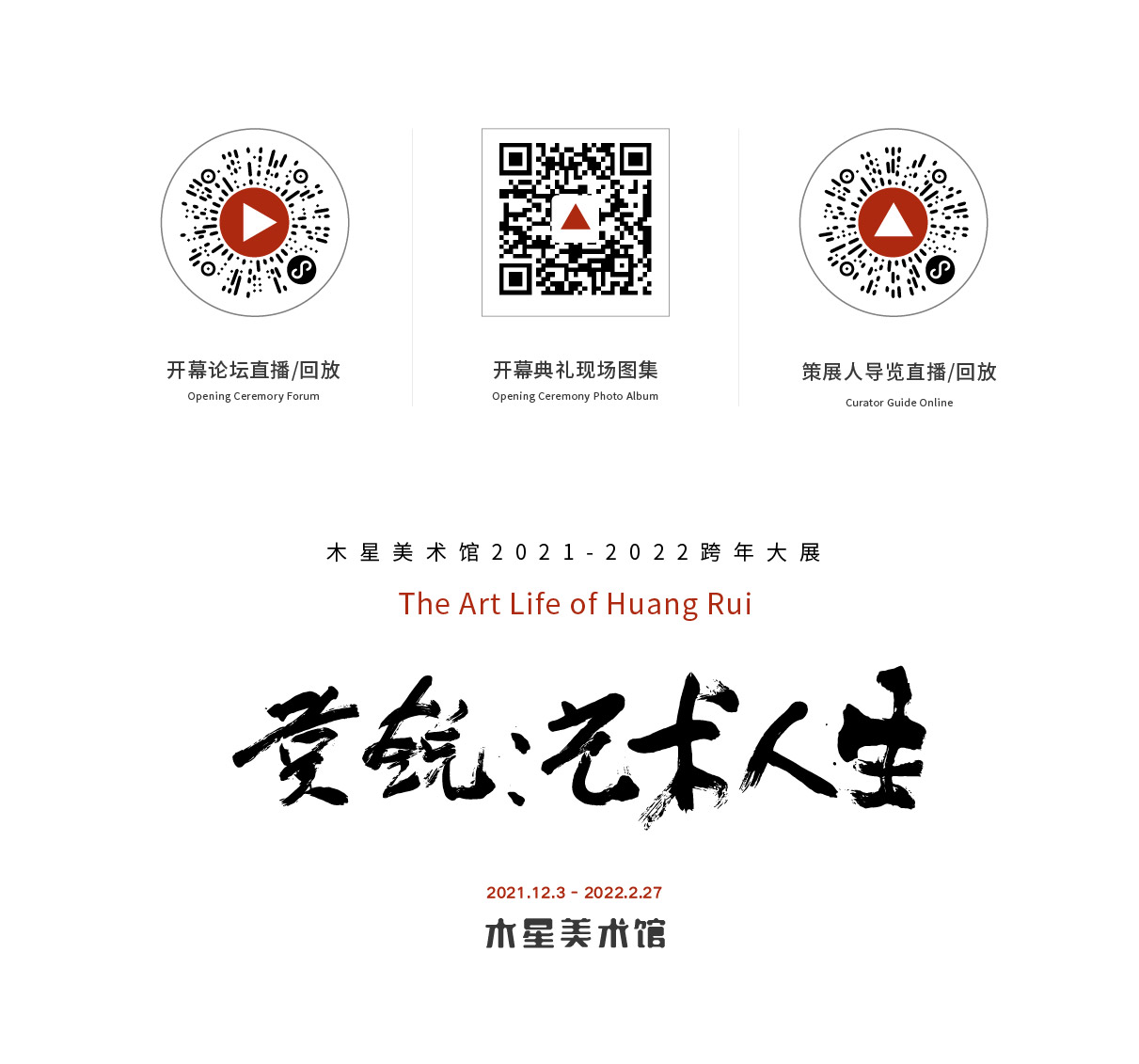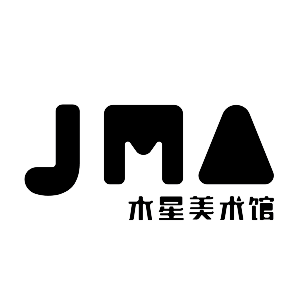
“黄锐最早接触水墨的时机要追溯到孩提时代,但真正着手水墨创作则是从他80年中期旅居日本开始。那正是日本艺术界具体派和前卫书法活跃的时期,具体派的艺术家们大多对前卫书法有极大的兴趣,并且与“墨人会”——主要以水墨为创作媒介的艺术家组织保持着亲密联系。具体派艺术家白发一雄和前卫书法家榊莫山都对黄锐的创作产生了重要的影响。
在黄锐一直以来对空间的探索中,大尺幅的水墨作品也可被视作一种新的探索和占领空间的方式。1986年和1989年,黄锐在举行个展时也利用了这一特性,将水墨画作为空间的隔断,悬挂于展厅之中,利用水墨和宣纸的物理属性让平面空间被赋于深度。”
—— Neil张
"Huang Rui's earliest encounter with ink paintings dated back to his childhood. But it was not until his residence in Japan in the mid-1980s that he really started to create ink paintings. It was a time when Gutai and avant-garde calligraphy were active in the Japanese art world. And the Gutai artists mostly showed great interest in avant-garde calligraphy and maintained close ties with Bokujinkai, a collective that gathered artists practicing mainly with ink. The Gutai artist Kazuo Shiraga and the avant-garde calligrapher Bakuzan Sakaki have both exerted significant influence on Huang Rui’s creation.
In his probe of space, large-size ink works can also be regarded as a new approach of exploring and occupying space. In 1986 and 1989, Huang Rui also made use of this feature when he held solo exhibitions, hanging ink paintings in the exhibition hall as a partition of space and utilizing the physical properties of ink and rice paper to enhance the depth of the plane space."
- Neil Zhang
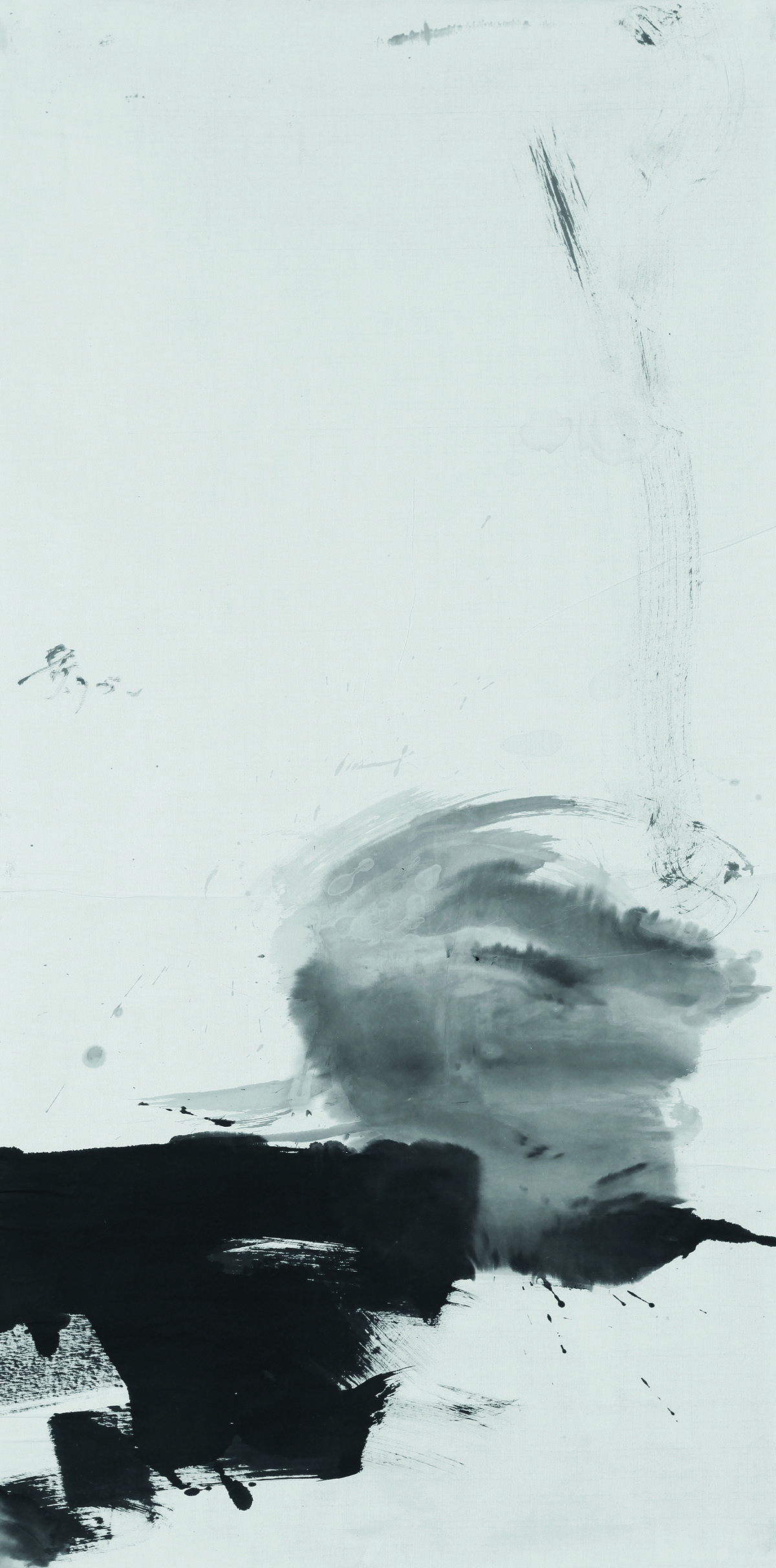
《无题》 Untitled
黄锐作品 | 纸上水墨 | 137x68.5 cm
1995
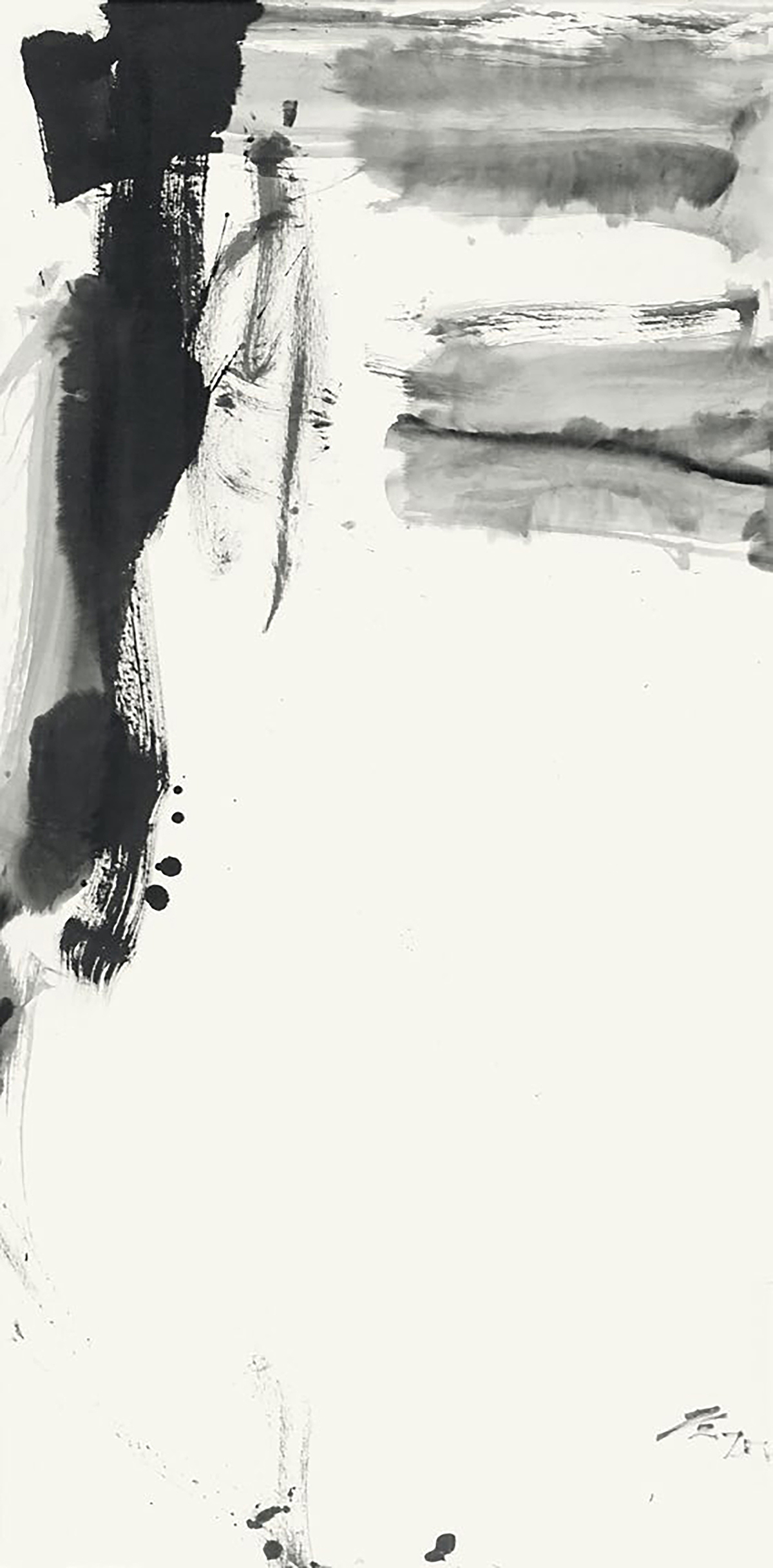
《无题》 Untitled
黄锐作品 | 纸上水墨 | 136.5x68 cm
1995
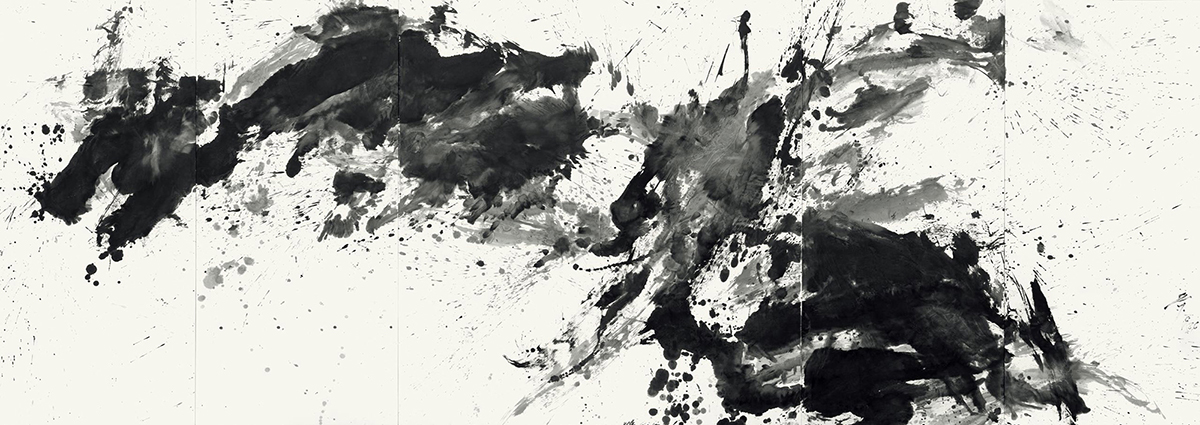
《无题》 Untitled
黄锐作品 | 纸上水墨 | 168x480 cm x 6
1987
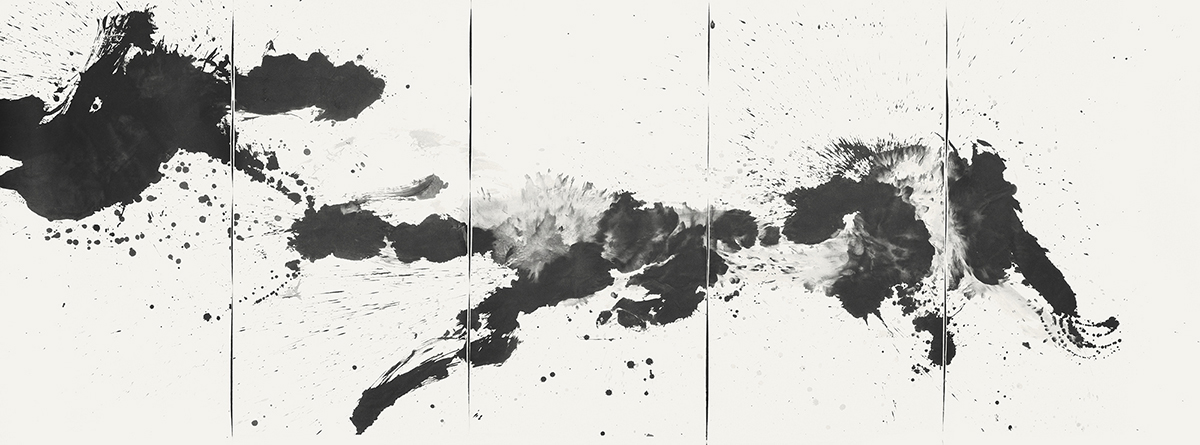
《无题》 Untitled
黄锐作品 | 纸上水墨 | 180x490 cm x 1
1986
